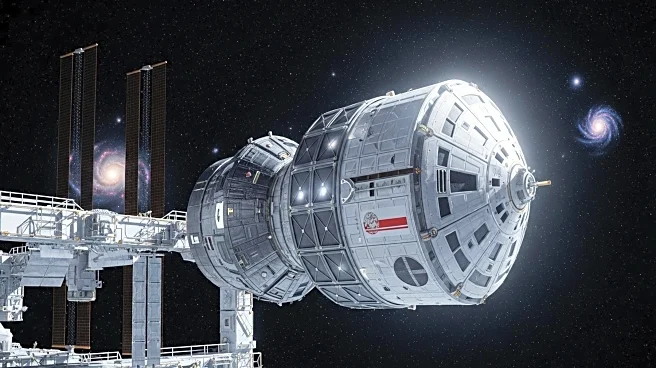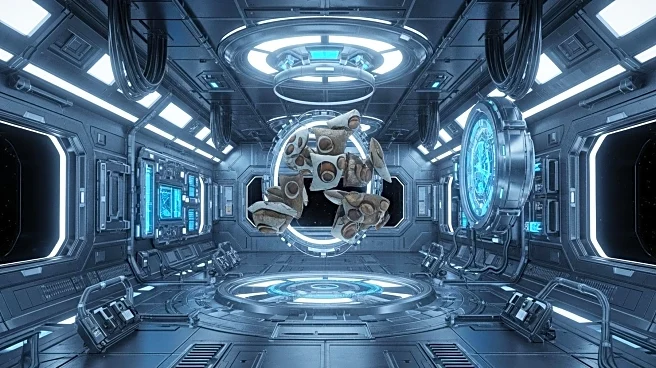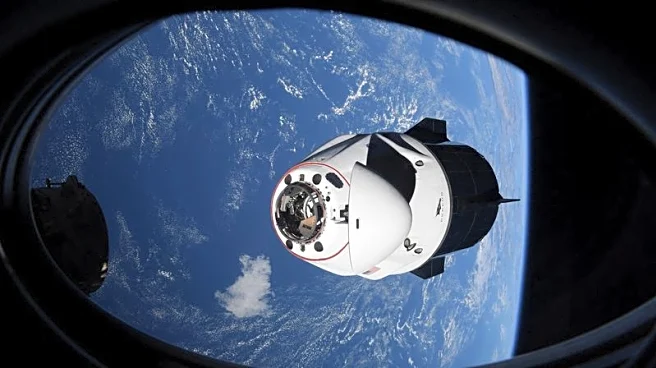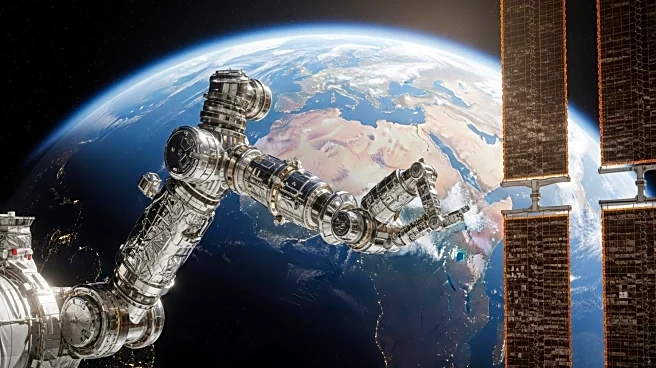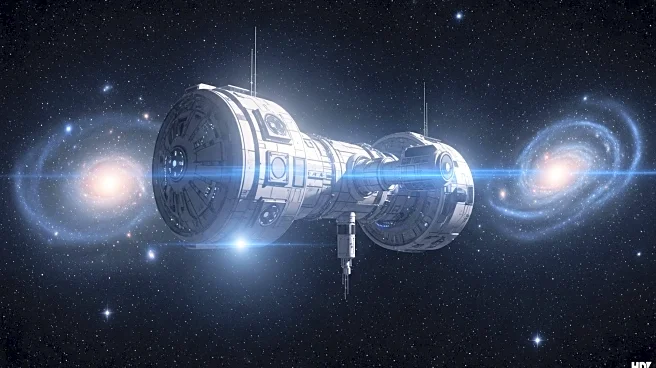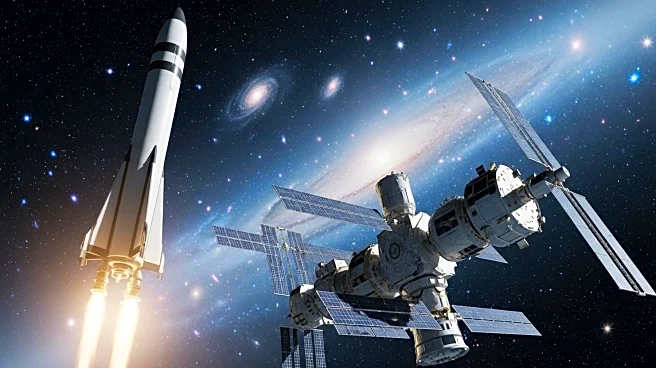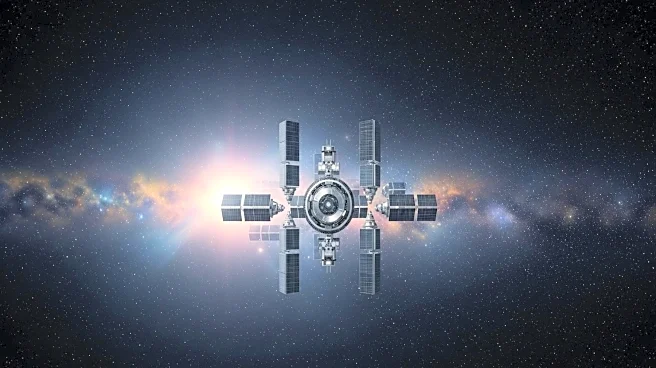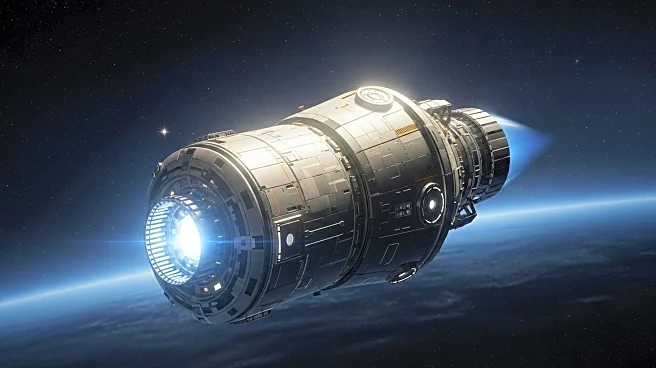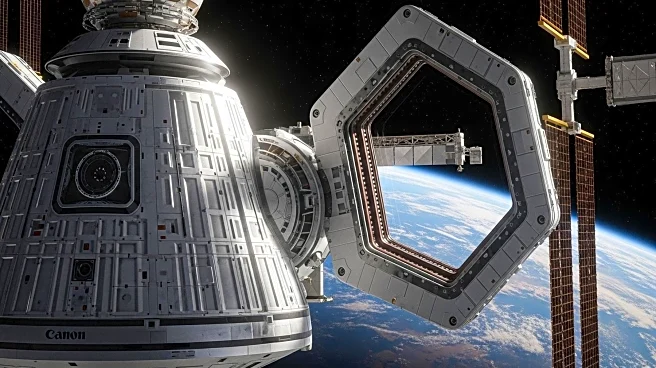What's Happening?
NASA and Roscosmos are preparing to launch two cargo resupply missions to the International Space Station (ISS) this week. The Russian Soyuz rocket will launch the Progress MS-32 spacecraft, followed by a Falcon 9 rocket carrying Northrop Grumman’s new Cygnus XL vehicle. The Cygnus XL mission is part of a series of launches by SpaceX, which includes one Starlink mission and two customer missions. Additionally, Russia and China are expected to launch satellite missions during the week. The Cygnus XL is a stretched version of the previous Cygnus spacecraft, allowing for more volume and up to 1,300 kg of additional mass to be transported to the ISS. This mission is significant as it replaces the previous Cygnus spacecraft, NG-22, which was damaged in transit.
Why It's Important?
These cargo missions are crucial for maintaining the operations and research activities aboard the ISS. The Cygnus XL mission, in particular, represents an advancement in cargo capacity, which can enhance the station's ability to support scientific experiments and crew needs. The collaboration between NASA and Roscosmos highlights the ongoing international partnership in space exploration, despite geopolitical tensions. The successful execution of these missions can bolster the capabilities of the ISS and ensure the continuity of its scientific contributions. Furthermore, the involvement of private companies like SpaceX and Northrop Grumman underscores the growing role of commercial entities in space logistics.
What's Next?
Following the launches, the cargo will be delivered to the ISS, where it will be used to support various scientific experiments and daily operations. The success of these missions could lead to further collaborations and advancements in space logistics. Stakeholders, including NASA, Roscosmos, and private companies, will likely continue to innovate and expand their capabilities in space transportation. The outcomes of these missions may influence future planning and development of cargo vehicles and international partnerships in space exploration.
Beyond the Headlines
The development and deployment of the Cygnus XL vehicle reflect broader trends in space technology, where increased payload capacity and efficiency are becoming priorities. This advancement may set a precedent for future spacecraft designs, emphasizing the importance of maximizing cargo space and reducing costs. Additionally, the international cooperation involved in these missions highlights the potential for space exploration to serve as a platform for diplomatic engagement and collaboration, even amidst global political challenges.
